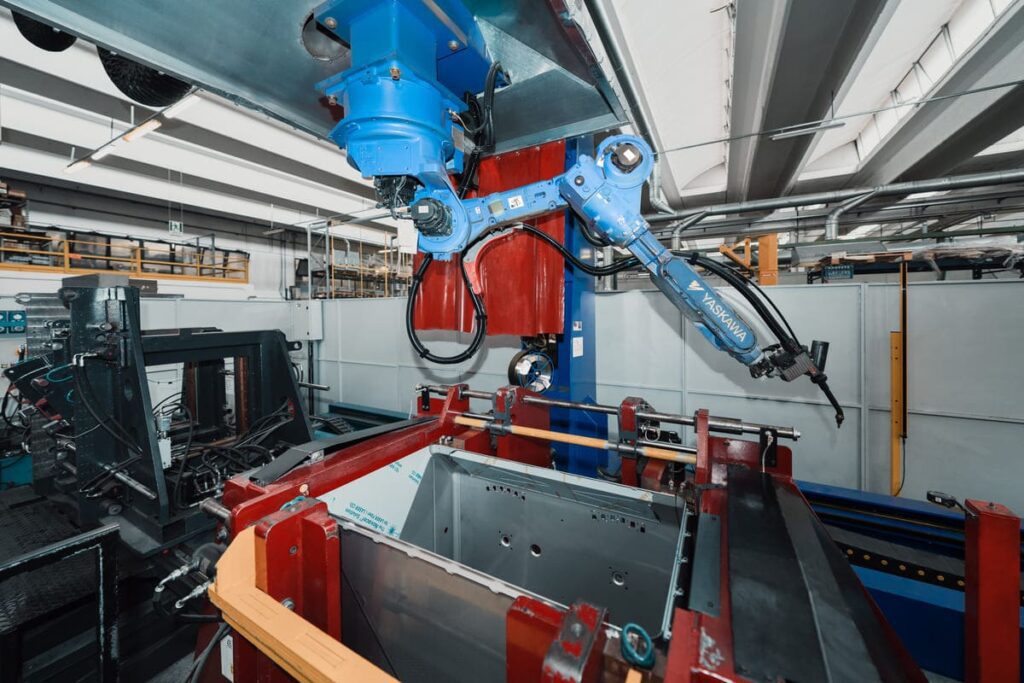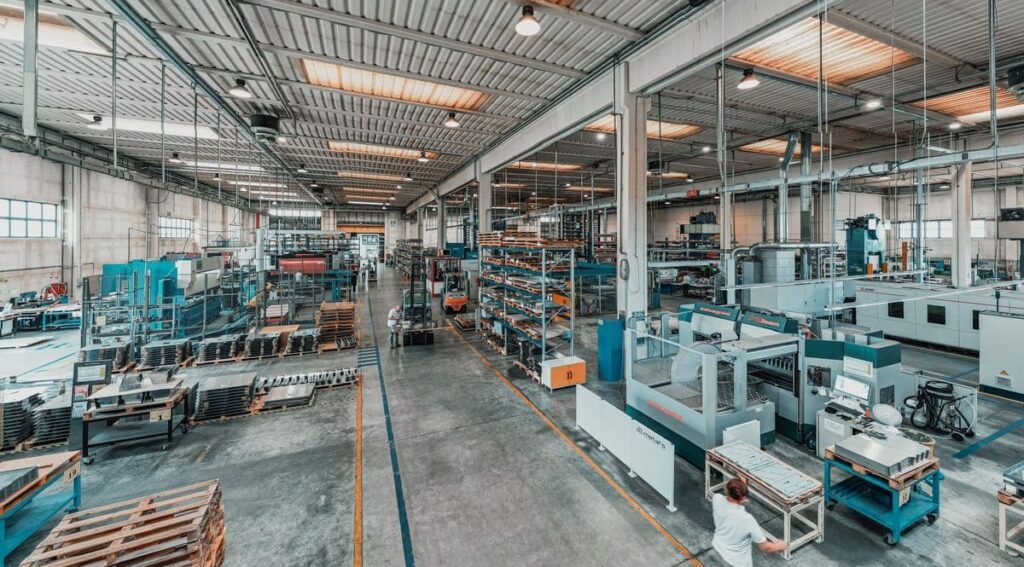At Metal’s, we manufacture assemblies, semi-finished products, parts and components in stainless steel, both simple and complex. We not only process stainless steel but also take care of the design and technical phases, advising our clients on potential improvements to optimize processing times or reduce production costs, obviously without affecting quality. Our work is full of challenges; we go beyond fulfilling our client’s orders and cover the entire logistical process. We always keep to the agreements, the budget and produce (or assemble) the desired quantities on time. In some cases, we even intervene ourselves, suggesting improvements to the client’s project to maximize production efficiency, thus limiting costs and accelerating delivery times.
Improved production efficiency through automated processing: a Metal’s case study
With a view to continuous improvement, whenever possible, we also propose improvements in the production process.
In particular, in the case outlined in this article, you can see how we can intervene to optimize the processing of a product, reducing working times and costs.
The case and the suggestion in brief: a significant modification to the production process to reduce costs and time
For a major client in the food industry, who has been relying on Metal’s for years to manufacture fryers and ovens, we evaluated a change in the welding process.
Prior to the innovation we proposed, this process was artisanal and involved human intervention. Therefore, we suggested a new type of processing that also met the customer’s need to improve the final product, while reducing costs and time.
La nostra proposta: la scelta della saldatura robotizzata al laser per abbattere tempi e costi
Our engineering department proposed standardizing the processing by replacing manual labor with faster and cheaper robotic laser welding, and opting for a new interlocking system.
In fact, laser welding does not overheat surfaces as manual welding does, is more precise as it operates on a specific area, and is faster— a superior method for manufacturing fryers and ovens, two products with delicate stress requirements.
Know-how and technology
Having accepted the suggestion, the client was able to enjoy the benefits of choosing an innovative production process without additional investments, resulting in improved products both aesthetically and in terms of functionality.
Testing and prototypes to verify product quality
Before suggesting the automated processing option in this project, our engineering department evaluated all the actual benefits of the proposed solution by simulating different conditions. Through a series of tests, technicians confirmed the production benefits, discarding less convincing options and also evaluating the best choices to be adopted to reduce working time.
Confirmation that the new production process did not alter the appearance or quality of the already marketed products came only with the prototyping of the product. The prototype allowed the client to test the quality of the proposed solution, evaluating its aesthetics, functionality, and stability. Furthermore, we demonstrated that automated processing was faster, reducing potential material waste.
“For this particular project, our technical department took the initiative to show the client the advantages of automation, suggesting the transformation of the current manual process into an automated one. First, we explained to the client the benefits they could gain, both in terms of costs and production speed. The initial concern about this change, driven by uncertainty about the aesthetics and quality of the product, was quickly overcome by creating a prototype that demonstrated the product met all expected standards. The prototype was also useful for verifying the usability of the product, in addition to its robustness and functionality.” – Luca Regazzo, Technical Sales Manager.”
The benefits of automated processing
All modifications – whether requested by the client or proposed by Metal’s technical department – never affect the production process. When evaluating the introduction of a new processing method – as in this case study – or improvements to optimize costs, production, and processes, the processes proceed quickly to always meet the agreed timelines.
In this case, in particular, thanks to automation, times were even improved, and our client was able to benefit from the advantages of automated processing. Laser technology, in particular, offers accuracy, speed, and high processing performance, adapting well to complex surface treatments. Incorporating laser welding into this project allowed us to speed up the entire process, benefiting from more precise processing and reduced material waste, optimizing work quality and costs.
Today, at Metal’s, the machine park is equipped with state-of-the-art equipment, always operational, 24/7. The machine park continues to expand because our goal is to refine processing and provide our clients with the best opportunities in the market. In this case study, we’ve presented an example of what we can do for you with our knowledge and technologies to help you grow and improve your production.


